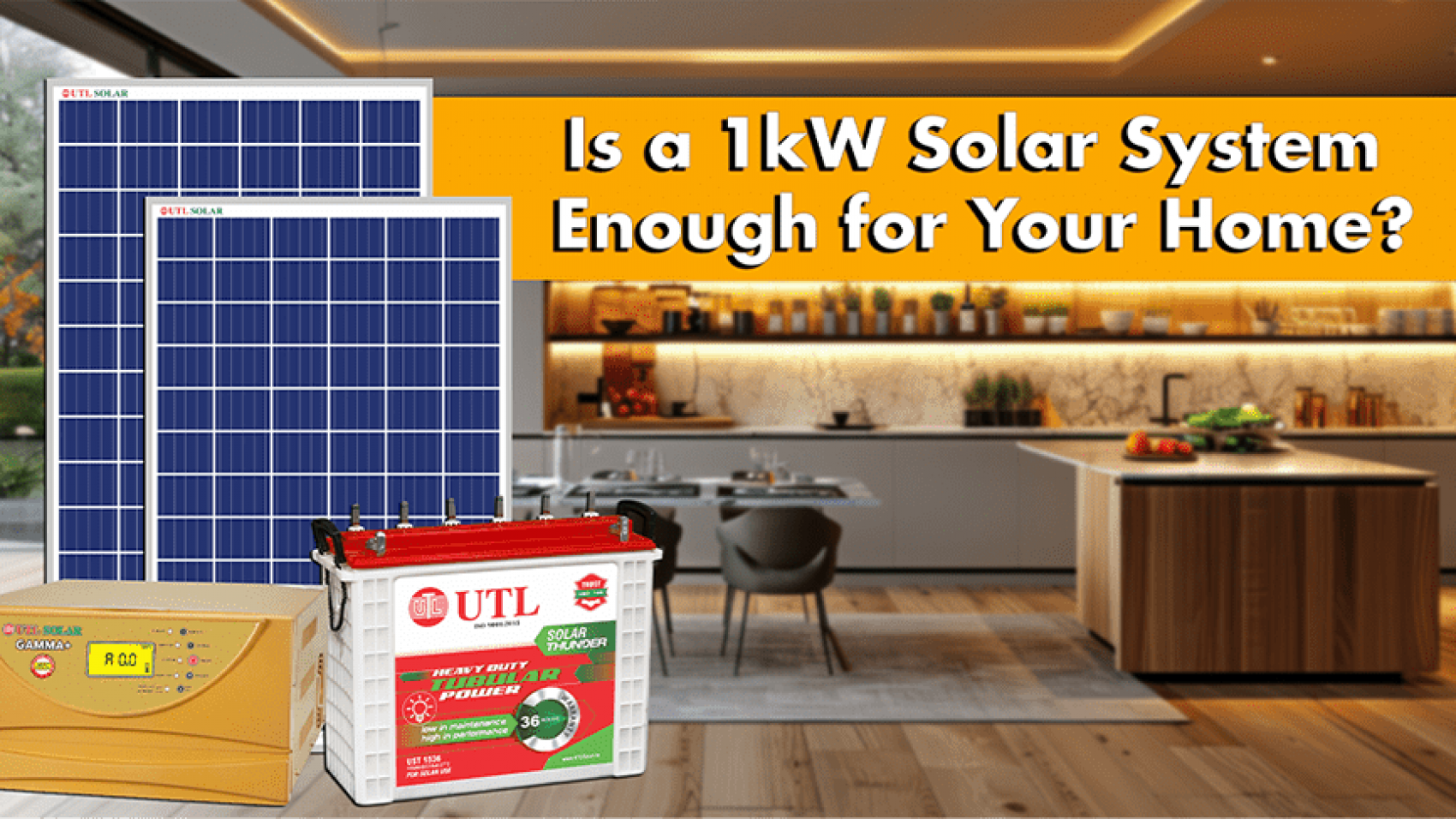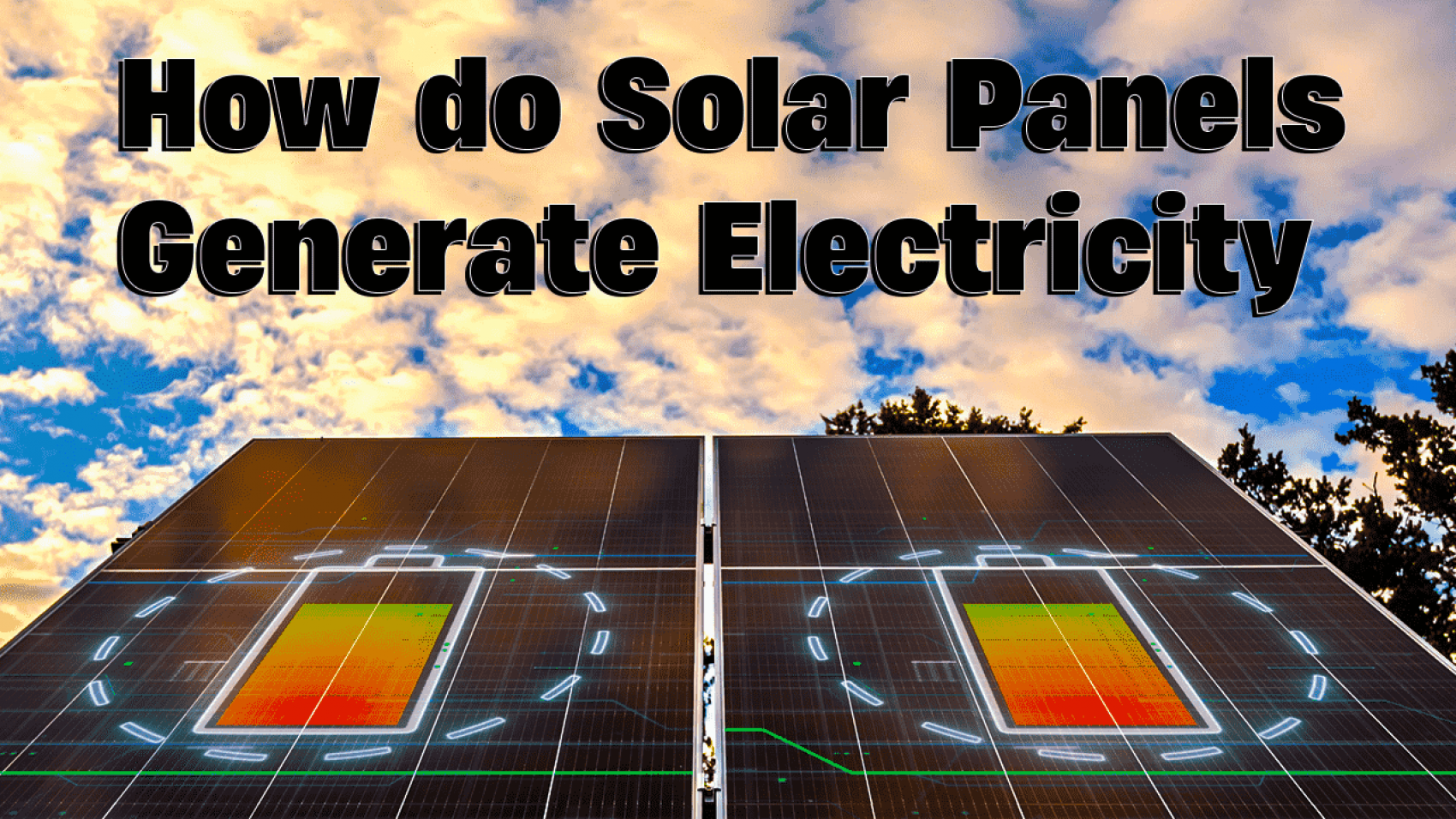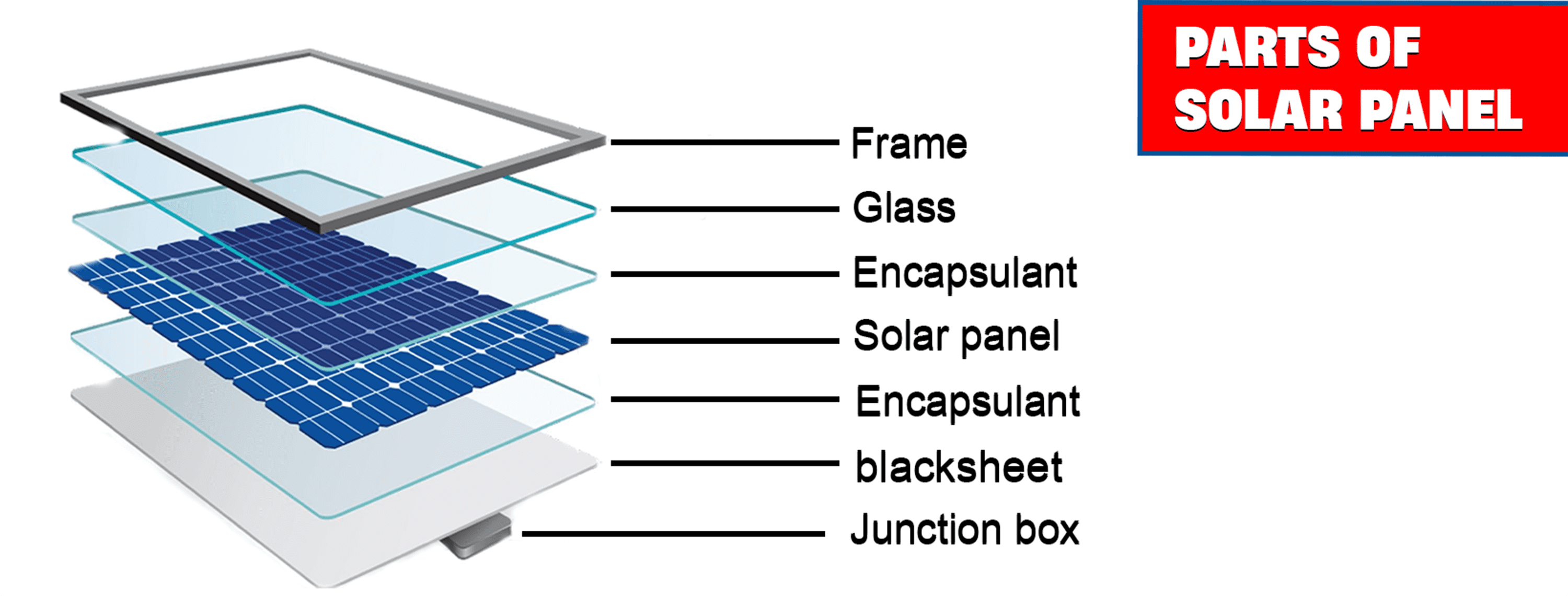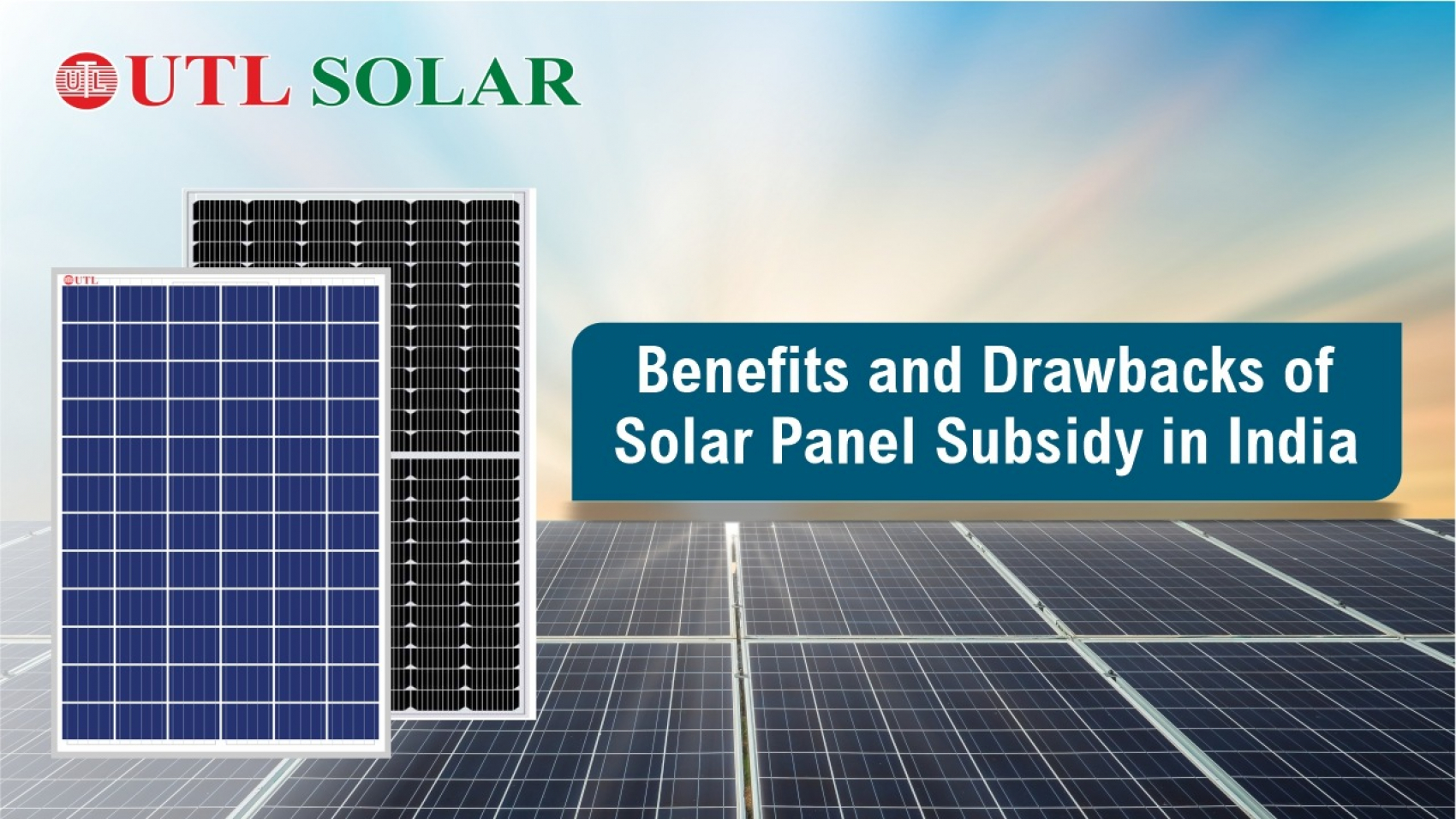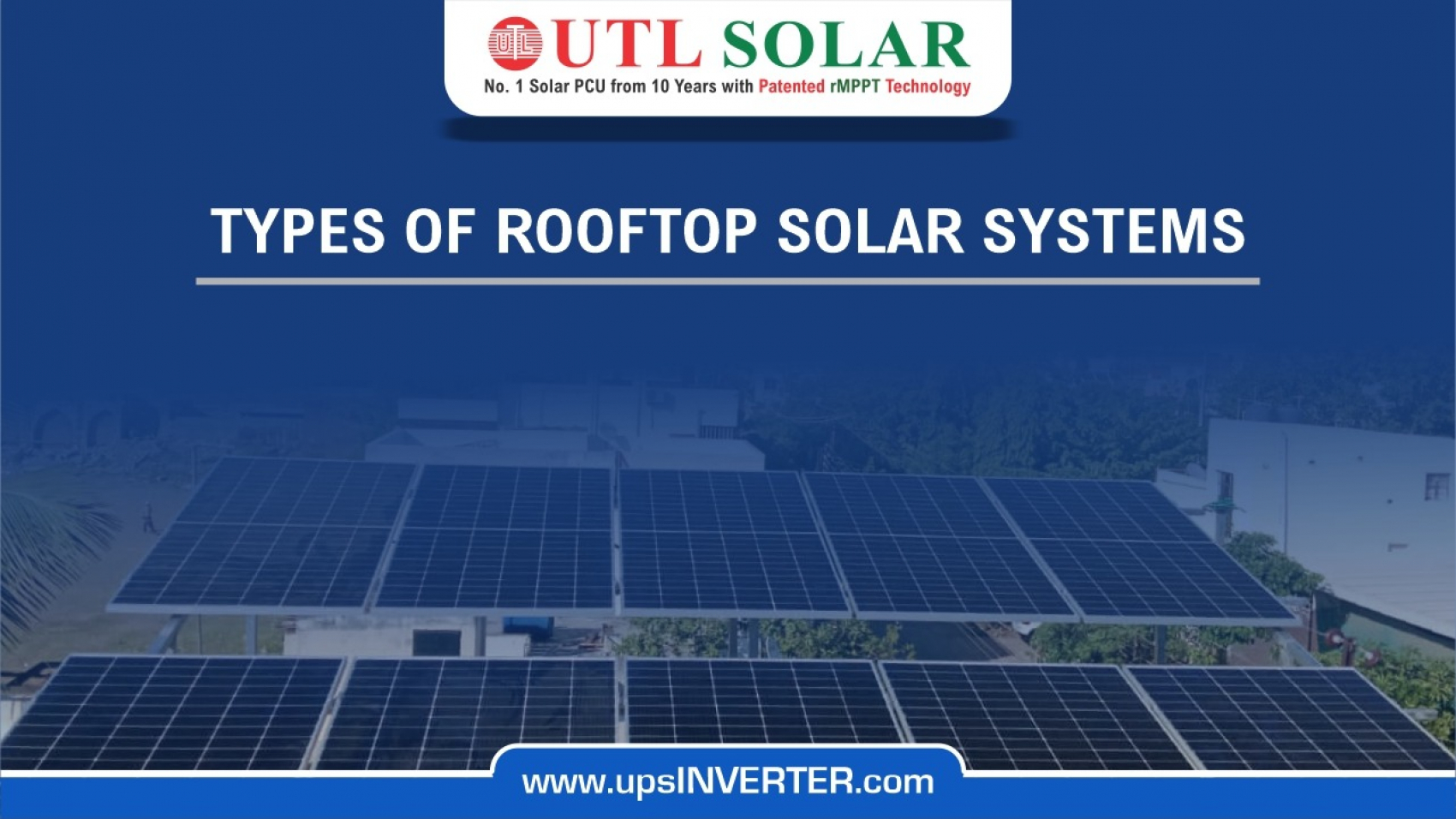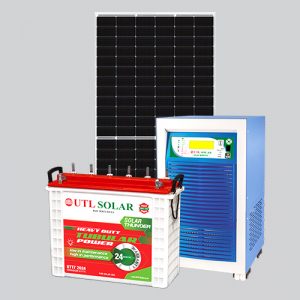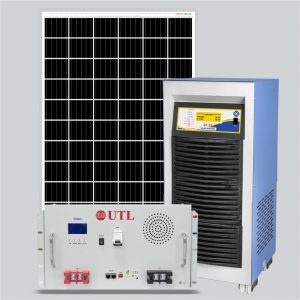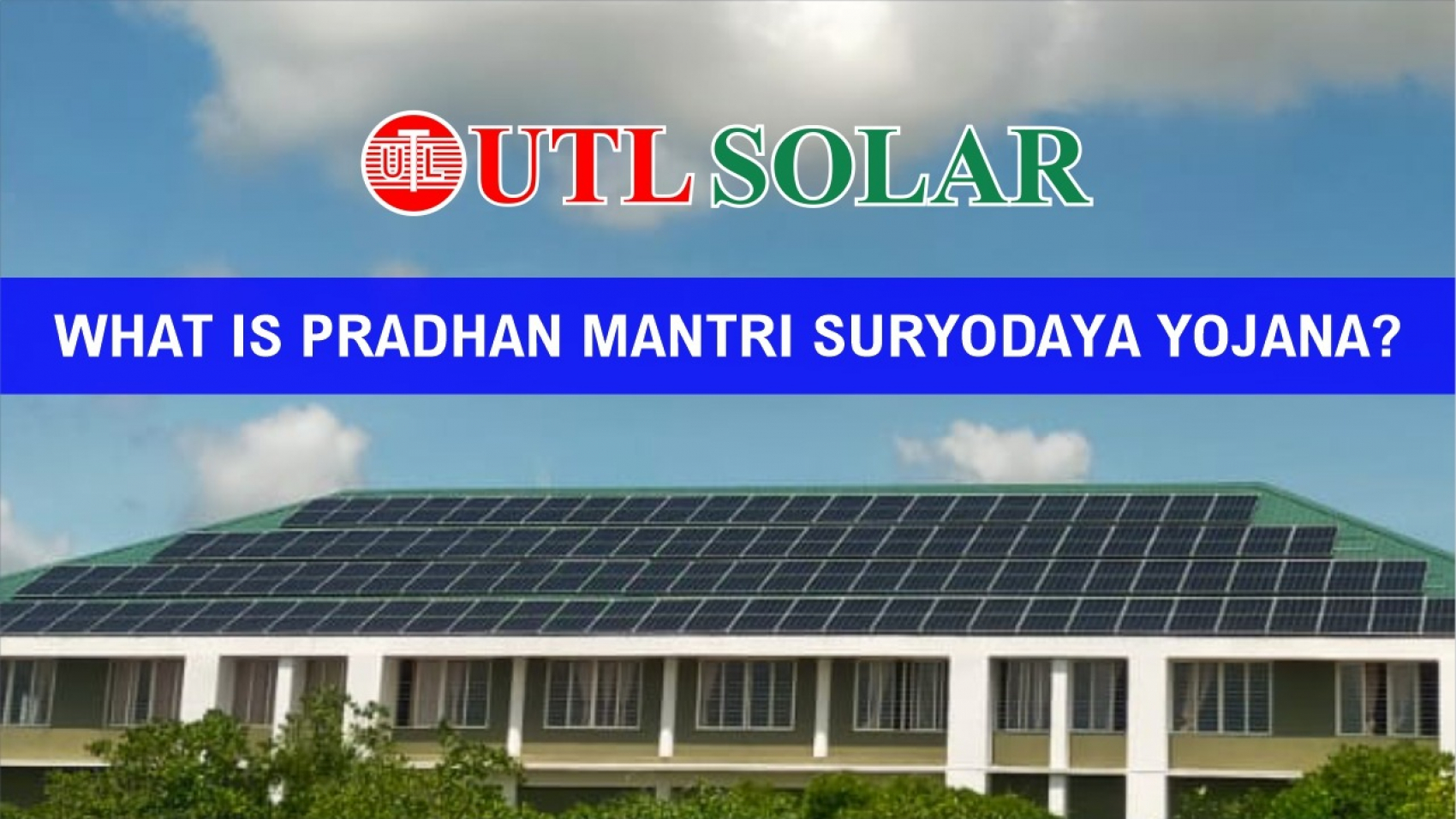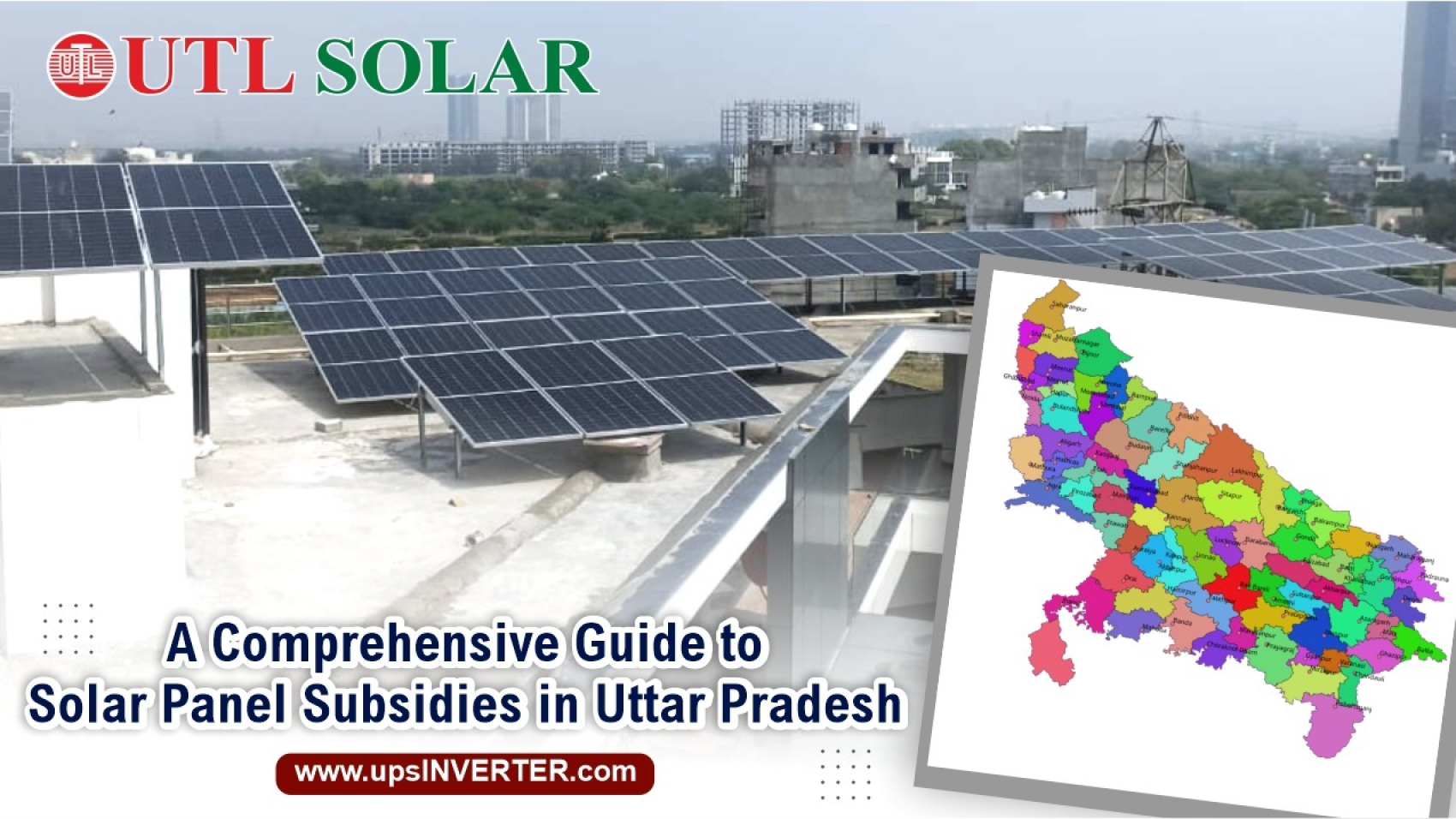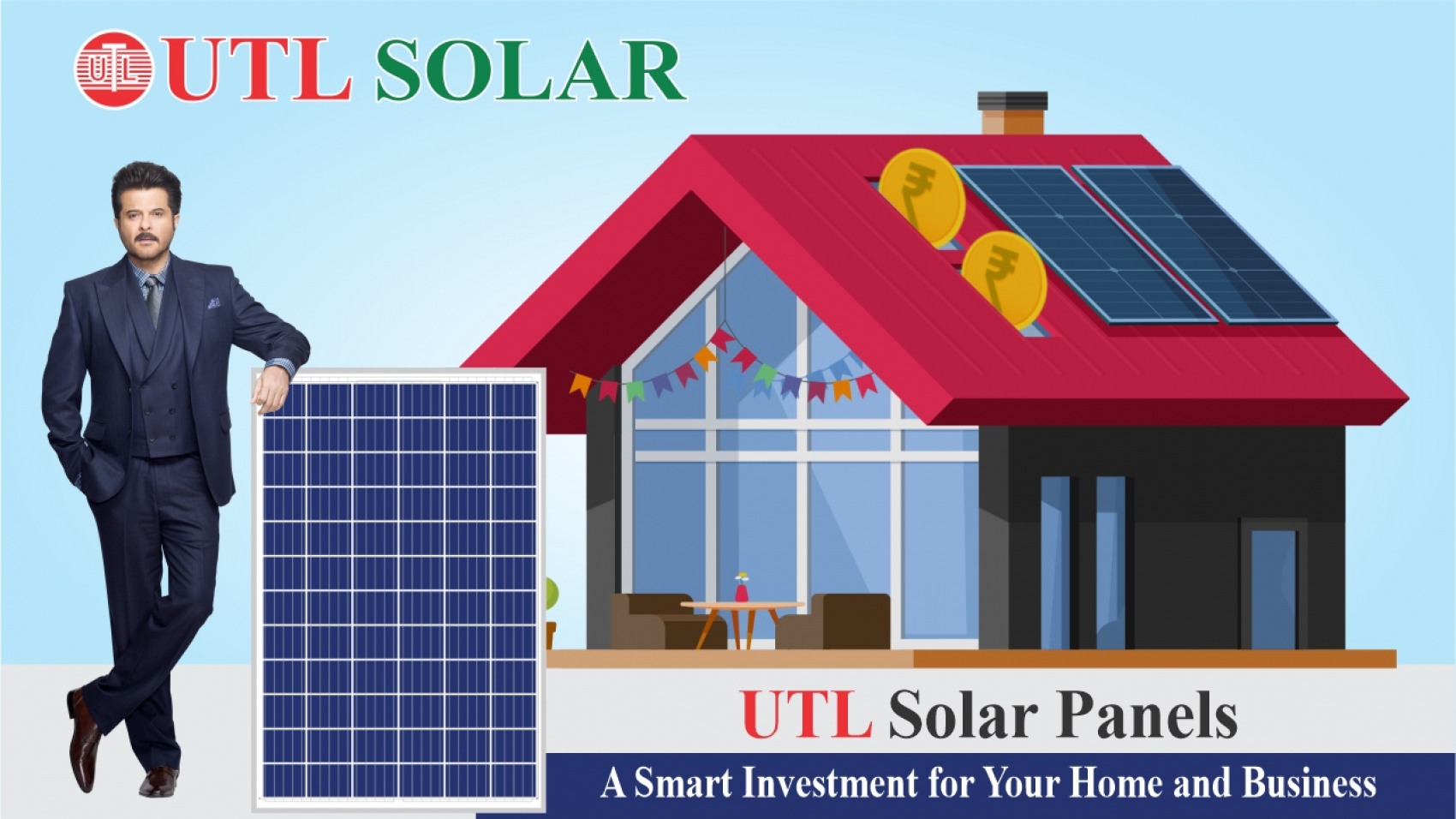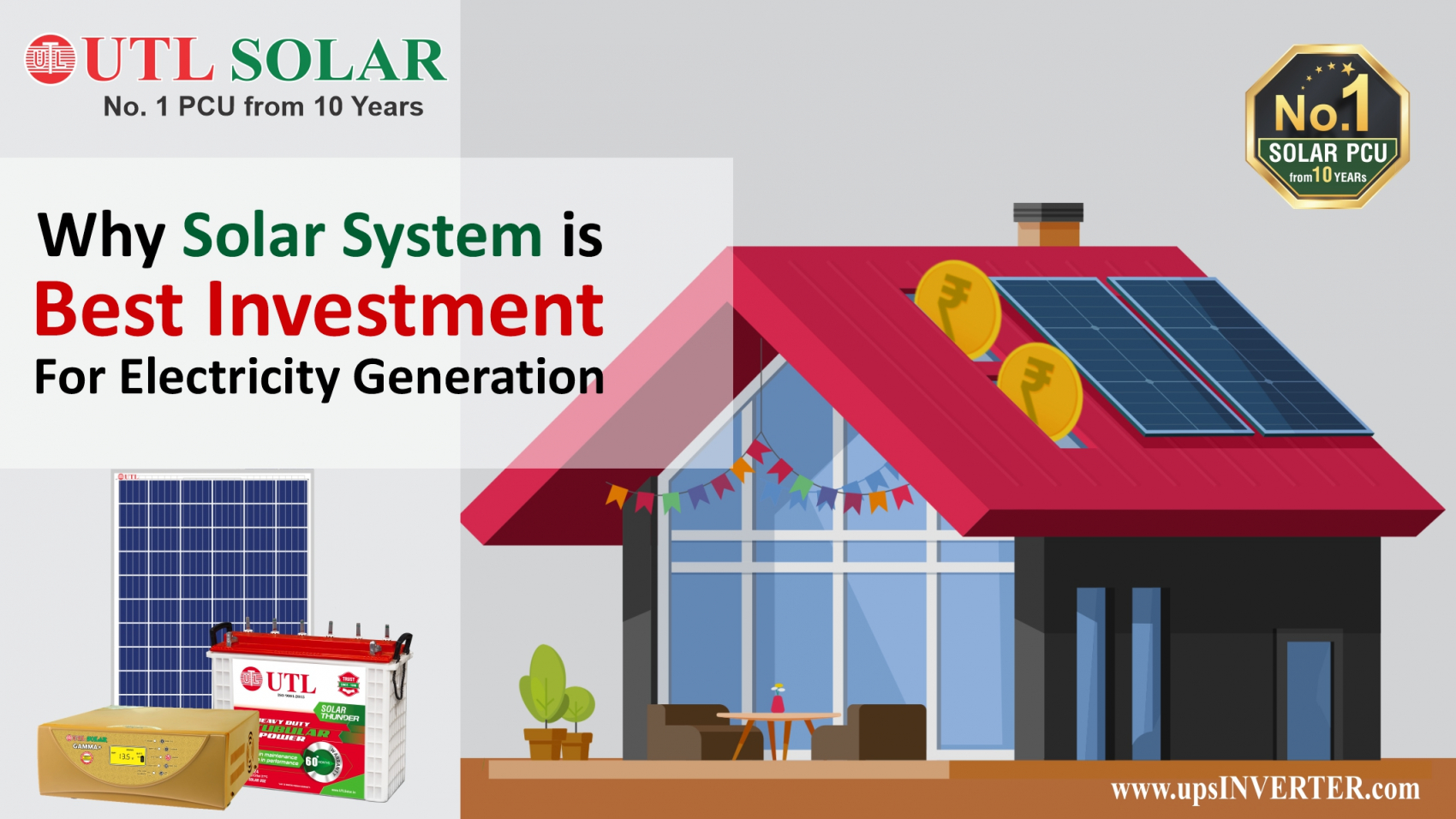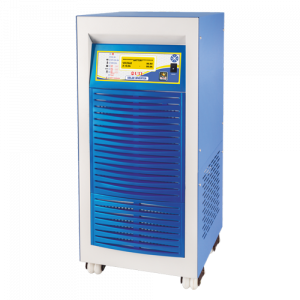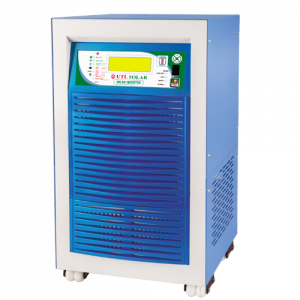1kW solar system is the perfect choice for 2 types of users:
- Homes in remote locations with basic appliances like Fans, bulb, refrigerator, water cooler, television, and mobile charging.
- Homes with monthly power consumption of 120 kWh to 150 kWh
But is it really enough to meet your energy needs? Let’s dive into the details of a 1kW solar power plant and explore why this small solar setup might just be the right solution for your home.
Table of Contents
- What are 1kW Solar Panel Systems?
- Key Components of a 1kW Solar System
- How Many Units Can Be Generated by a 1kiloWatt Solar Panel?
- What kind of appliances can you run on a 1kW solar setup?
- How Many Solar Panels Are Needed to Generate 1kW Solar Power?
- How Much Area is Required for a 1kW Power Plant?
- How Much Does a 1kW Solar System Cost in India?
- How Many Batteries Are Required for a 1kW Solar System?
- How to Install a 1kW Solar System?
- Top 5 Solar Inverters with 1kVA Rating
- Conclusion
What is a 1kW Solar Panel System?
A 1kW (kilowatt) solar panel system is considered a small to medium-sized setup suitable for powering essential household appliances or serving as a supplementary power source. It’s ideal for households looking to offset a portion of their electricity consumption without the need for a large-scale installation.
Key Components of a 1kW Solar System:
- Solar Panels: Typically 3-4 panels, depending on their individual wattage.
- Inverter: Converts solar-generated DC electricity into AC electricity that powers homes.
- Mounting Structure: Secures panels to the roof or ground.
- Battery Storage (Optional): Stores excess energy for use during cloudy days or nighttime.
- Charge Controller: Regulates the voltage and current coming from the panels to the batteries.
How Many Units Can Be Generated by a 1kiloWatt Solar Panel?
The number of electricity units (kWh) a 1kW solar panel system can generate depends on several factors, including geographical location, sunlight availability, panel efficiency, and installation angle.
Estimation:
- Average Sun Hours: In India, the average sun exposure ranges between 4 to 5 hours per day.
- Daily Generation:
- At 4 hours: 1kW * 4h = 4 kWh/day
- At 5 hours: 1kW * 6h = 5 kWh/day
- Monthly Generation:
- 4 kWh/day * 30 days = 120 kWh/month
- 5 kWh/day * 30 days = 150 kWh/month
Thus, a 1kW solar panel system can generate approximately 120 to 150 units per month in India.
What kind of appliances can you run on a 1kW solar setup?
| Appliances | Average Consumption rate | Usage(In no. of hours per day) | Total Units Consumed(In kWh) |
| LED Bulbs | 0.06 | 12 Hours | 0.72 |
| Ceiling fans | 0.12 | 12 Hours | 1.44 |
| LED TV | 0.12 | 6 Hours | 0.72 |
| Washing Machine | 0.5-1.0 | 1 Hour | 1 |
| Mobile/Laptop charging | 0.005 | 8 Hours | 0.04 |
Note:The average consumption rate can vary depending upon the appliance’s specifications, power ratings, and brands.
How Many Solar Panels Are Needed to Generate 1kW Solar Power?
The number of solar panels required for a 1kW system depends on the wattage of each panel.
Calculation:
- Common Panel Wattage: 260W to 335W per panel.
- Number of Panels:
- For 250W panels: 1000W / 250W ≈ 4 panels
- For 335W panels: 1000W / 335W ≈ 3 panels
Since you can’t install a fraction of a panel, a 1kW system typically requires 3 to 4 solar panels, each rated between 250W to 340W.
How Much Area is Required for a 1kW Power Plant?
Space is an important consideration when designing a solar power setup. The area required depends on the type and efficiency of the solar panels used.
Space Calculation:
- Standard Panel Size: Approximately 2.5 m² per panel.
- Total Area:
- For 3 panels: 3 * 2.5 m² = 7.5 Sq. Meters
- For 4 panels: 4 * 2.5 m² = 10 m² Sq. Meters
Therefore, a 1kW solar system typically requires between 8 to 10 square meters of shadow free roof or ground space.
How Much Does a 1kiloWatt Solar System Cost in India?
The cost of a 1kW solar panel system in India varies based on factors like brand quality, installation charges, and additional components.
Cost Breakdown:
- Solar Panels: ₹25,000 – ₹35,000
- Inverter: ₹10,000 – ₹15,000
- Mounting Structure: ₹5,000 – ₹10,000
- Battery (if included): ₹15,000 – ₹25,000
- Installation Charges: ₹5,000 – ₹10,000
Total Estimated Cost:
- 1kW Ongrid solar(Without Battery): Approximately ₹45,000 to ₹70,000
- 1kW Offgrid solar(With Battery): Approximately ₹60,000 to ₹95,000
Prices may vary based on location, brand, and specific requirements.
How Many Batteries Are Required for a 1kW Solar System?
Battery storage enhances the efficiency of a solar system by storing excess energy for later use. The required number of inverter batteries is determined by your energy usage and the length of backup you need.
Battery Capacity Calculation:
- Typical Battery Capacity: 150Ah at 12V = 1.8 kWh
- Daily Consumption Covered by 1 Battery: Approximately 1.5 kWh
- For 1kW System (6 kWh/month or ~200 kWh/year):
- If aiming for 1 day of autonomy: 1 battery
- For more days: Increase the number proportionally.
Recommendation:
For a basic 1kW system aiming to store 1-2 days of solar energy, 1 to 2 batteries of 150Ah capacity each are usually sufficient.
How to Install a 1kW Solar System?
Installing a 1kW solar system involves several steps, from initial assessment to final commissioning. Here’s a step-by-step guide:
Step 1: Site Assessment
- Evaluate Roof Space: Ensure you have the required area (8-10 m²) with minimal shading.
- Sunlight Exposure: Confirm adequate sunlight availability throughout the year.
Step 2: System Design
- Panel Arrangement: Decide on the number of panels and their placement.
- Component Selection: Choose high-quality panels, inverters, and other components.
Step 3: Mounting Installation
- Secure Mounts: Install mounting structures on the roof or ground.
- Orientation and Tilt: Ensure panels are angled correctly for maximum sunlight capture.
Step 4: Electrical Wiring
- Connect Panels to Inverter: Use appropriate cabling to link panels to the inverter.
- Battery Connection (if applicable): Connect batteries to store excess energy.
Step 5: Inverter Setup
- Install Inverter: Place the inverter in a cool and ventilated area.
- System Integration: Integrate the inverter with your home’s electrical system.
Step 6: Testing and Commissioning
- System Check: Test all connections and components for proper functioning.
- Monitor Performance: Use monitoring tools to track energy generation and usage.
Step 7: Maintenance
- Regular Cleaning: Keep panels free from dust and debris.
Periodic Inspections: Check for any wear and tear or system inefficiencies.
Ready to Install 1kW Solar at Your Home?
Get the Nearest UTL Dealer’s Number on your WhatsApp
Top 5 Solar Inverters with 1kVA Rating
Choosing the right inverter is crucial for the efficiency and reliability of your solar system. Here are the top 5 solar inverters with a 1kVA rating available in India:
UTL Gamma+ 1kVa 12V rMPPT Solar Inverter
When it comes to 1kVA inverters, Gamma+ rMPPT solar inverter is unquestionably the best choice for several reasons. It’s 30% more efficient because of the UTL patented rMPPT Technology. WIth the help of rMPPT charge controller, Gamma+ is able to extract maximum power from the solar panels. This is one of the best selling solar inverters in India with an LCD display that shows everything that goes on with the solar system like daily solar power generation, battery charging status, and more.
LUMINOUS Solar Inverter NXG PRO 1 KVA 12V
Luminous NXG PRO is a smart inverter with a vibrant LCD display that shows daily data of solar power generation, fault alerts, battery charging status, and more. It offers three customizable modes: Solar Mode, Solar+Grid Mode, and Grid+Solar Mode, allowing users to optimize their power savings. It also excels in low voltage areas, charging effectively even at 90V, making it a reliable choice for regions with unstable power supply.
Microtek Online UPS E2-1kVA 24V
The Microtek Online UPS E2-1kVA 24V is a reliable power backup solution designed to deliver uninterrupted performance for critical systems. It offers 1kVA power capacity, ensuring stable power output and protection from voltage fluctuations. Ideal for both home and office use, this UPS features double-conversion technology and a 24V battery system for enhanced efficiency and durability.
UTL SUNPLUS PRO 1100VA/12V
SUNPLUS PRO is UTL’s recently launched dynamic, featureful, and affordable solar home inverter in the 1kVA range. With this inverter you can easily connect 12V or 24V solar panels, even with 12V solar systems. It comes with inbuilt rMPPT solar charge controller that offers an extra 30% solar energy generation. The best thing about SUNPLUS PRO is that you can use it as a normal inverter and can be converted into a solar inverter in the future.
Genus MaxiLion 1000VA Inverter
The Genus MaxiLion 1000VA Inverter provides dependable power backup with advanced technology for optimal performance. It is smartly designed to handle varying power loads by ensuring consistent power output, safeguarding your appliances. Its user-friendly interface and compact design make it an excellent choice for residential use.
Conclusion
If you are planning to switch to solar energy, 1 kilowatt solar setup would be an ideal start. Later, you can expand the system as per your power requirements. A 1kW solar panel system can be an excellent choice for small to medium-sized households. It requires a manageable space, a few solar panels, and potentially a battery backup to ensure consistent power supply.

 Cart is empty
Cart is empty 